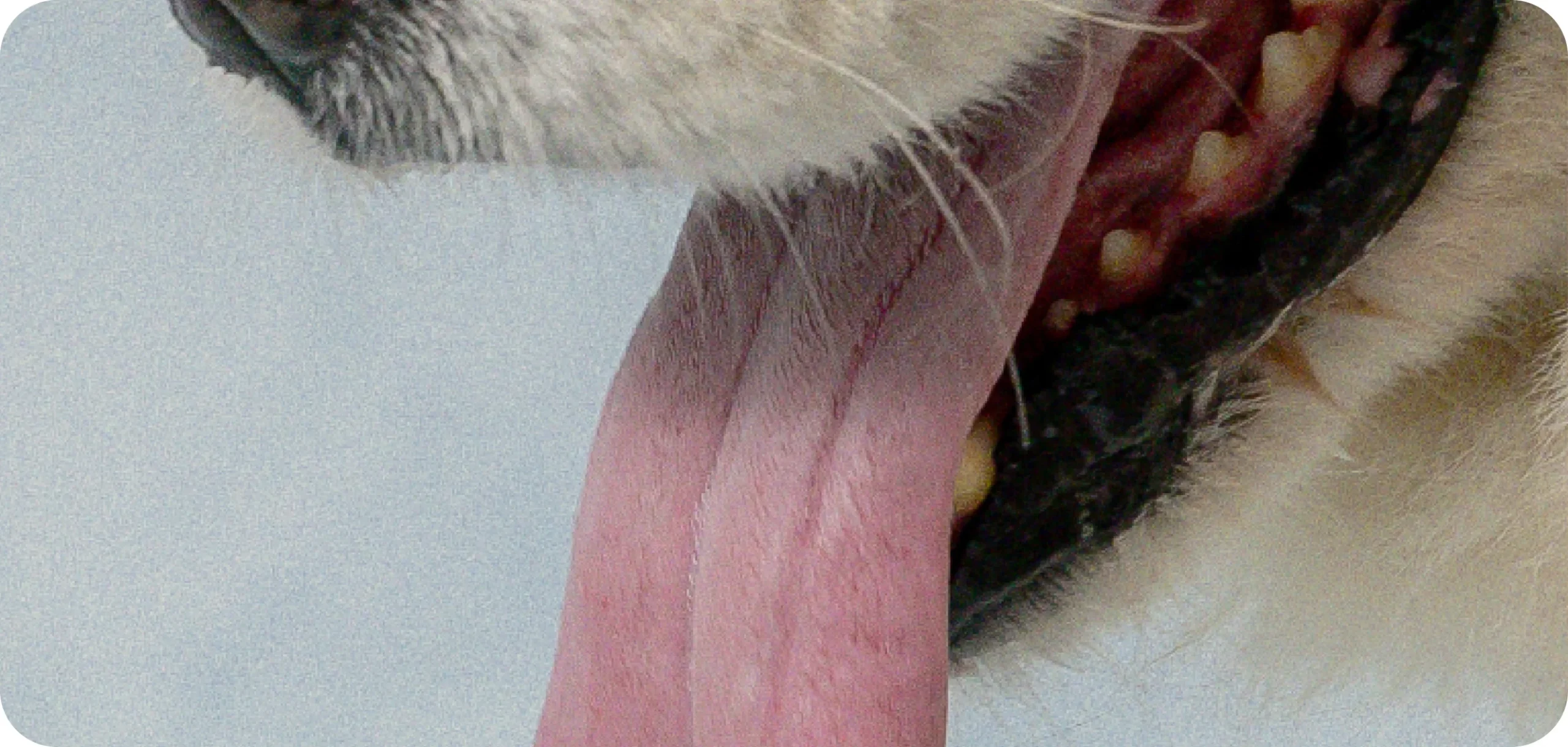Motivators like toys and treats play a crucial role in dog training, serving as powerful tools to reinforce positive behavior and enhance your pup’s training experience. They are far more than just everyday sources of joy—they help make training productive, engaging, and enjoyable motivating your dog to work for it.
What Are Dog Motivators?

Motivators are rewards or objects that your dog loves and is willing to work for. These vary from dog to dog, so understanding what excites your pet is key. Here are common types of motivators:
- Treats
- Edible rewards like small pieces of meat or specially designed dog treats.
- Toys
- Items such as squeaky toys, tennis balls, ropes, and chew toys.
- These can double as entertainment and training tools.
- Affection and Praise
- Verbal affirmations like “Good job!” and “Yes!” or physical rewards such as petting and belly rubs.
- Play
- Engaging activities like tug-of-war, fetch, or even a short game of chase.
Why Are Motivators Important in Dog Training?
- They reinforce positive behavior by associating desired behaviours with rewards, your dog learns what is expected and is more likely to repeat those actions.
- Motivators keep training engaging. Using motivators prevents boredom and distractions during training sessions, keeping your dog focused on the object they love.
- Using motivators strengthen your bond as rewarding your dog fosters trust and a stronger connection. They associate you with positive experiences.
- They build confidence. Successfully earning a motivator boosts your dog’s confidence, making them more willing to try new tasks and follow commands.
How to Use Motivators Effectively

To maximise the benefits of motivators during training, follow these Dogit tips:
1. Identify High-Value Motivators
Every dog has preferences. Some may go crazy for a squeaky toy, while others prefer tasty treats. Pay attention to what excites your dog the most.
2. Use Positive Reinforcement
Reward your dog immediately after they perform the desired behaviour. Timing is crucial to help them make the connection between the behavior and the reward.
3. Start with High Frequency
In the early stages of training, reward your dog frequently to establish the behavior. Gradually reduce the rewards as the behavior becomes consistent.
4. Keep Rewards Appropriate
Use small treats to prevent overfeeding and choose toys that are safe and suitable for your dog’s size and chewing habits.
5. Mix It Up
Rotate between different motivators—treats, toys, and praise—to maintain your dog’s interest and excitement.

Common Mistakes to Avoid When Using Motivators
While motivators are highly effective, misusing them can set back your dog’s progress. Here are common mistakes in using motivators to watch out for:
- Overfeeding Your Dog.
If your dog has access to food all the time (eg. a bowl of food laid out for them daily) they won’t see food as something they have to work for. Check out our article on food drive to learn how to create it. - Inconsistent Timing
Rewarding your dog too late after the desired behaviour can confuse your dog, making it harder for them to connect the behavior with the reward. - Overusing Treats
Relying only on treats can lead to overfeeding and health issues. Balance treat rewards with toys, play, and affection. - Ignoring Variety
Sticking to the same motivator can make training boring for your dog.. Switching up rewards keeps your dog engaged. - Rewarding Unwanted Behavior
Be mindful of when you provide rewards. Accidentally rewarding jumping or barking, for example, can reinforce these behaviors. Skip the reward if your dog hasn’t done what they were asked to do or if they did it the wrong way. - Skipping Play or Affection
Treats aren’t the only motivators. Some dogs respond better to praise, cuddles, or a game of fetch.

Motivators are more than just toys or treats—they are essential tools for effective dog training. By understanding what drives your dog and using these rewards strategically, you can reinforce good behavior, keep training sessions enjoyable and effective while building a stronger bond with your furry friend.
Use a mix of treats, toys, and affection in your training routine, and remember to stay consistent and patient. With the right approach, motivators can turn training sessions into a fun and rewarding experience for both you and your dog.




